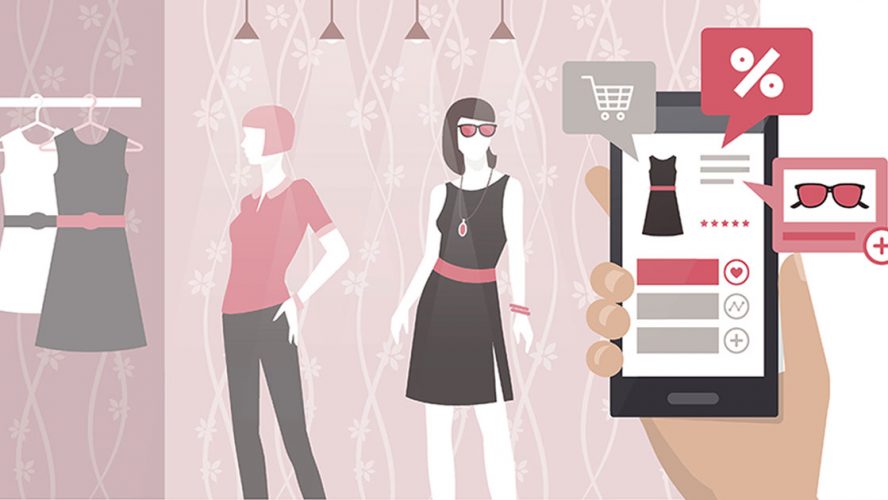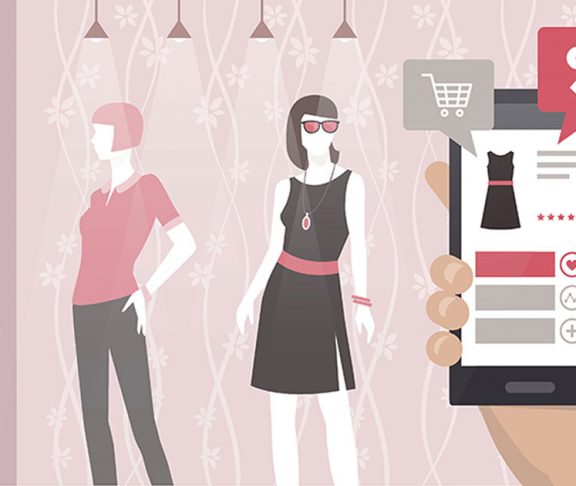
Mark Johnson
CEO, Loyalty360
Often, we will ask marketers what we call a “crystal ball” question: “If you could ask a brand, technology, service provider, or customer one question, what would that be?” Most of the time, the answer is “what’s next?” While it is impossible to know exactly what’s next, below are a few ideas about what may be on the horizon for customer loyalty.
At Loyalty360, we continue to see a rapidly growing interest in all facets of customer, channel, and brand loyalty across a range of industries and verticals. We believe that creating engaging experiences to drive customer loyalty is one of the best marketing strategies that brands can currently employ. However, creating loyalty still presents a major challenge for most organizations. They haven’t quite figured out how to leverage and execute the “right” technologies and processes in a meaningful and measurable manner.
As we see throughout our research, interviews, and conversations with members and non-members, there is a variety of obstacles – which can be convoluted, daunting, ambiguous, and frankly, demanding – but also successes that our brand audience is proud to share. As more brands work to achieve the same status as the best-in-class brands out there today, we are happy to share insights and trends into our view of customer loyalty’s direction.
Differentiation
One of the top challenges we hear from brands is the struggle to stand out from the crowd and get their message out and in front of the right audience in a congested marketplace. It is increasingly difficult to differentiate oneself and earn a customer’s trust.
An increasing focus on customer loyalty and experience strategies can play a key role in differentiating a brand from its competitors, especially as the importance of trust, authenticity, brand identity, and emotion is top of mind for consumers. However, loyalty and experience strategies need to be driven by the customer. They need to be meaningful and relevant. Too many of today’s programs are based in heavy discounts; this is not a path to success.
Adapting to changing customer expectations
In the age of empowered customers, brands must figure out how to adapt to customer expectations or they will be left behind. According to Loyalty360 research, over 82 percent of brands are demanding personalization. Many have taken notice and in an effort to not be left behind, over 65 percent of brands stated that they plan on adding additional personalization capabilities over the next year.
To meet and adapt to customers’ expectations, brands need to focus on what is meaningful and relevant to customers. Therefore, getting the right data to be able to deliver meaningful and relevant communications is key. Brands should also be aware – they’re not only being compared to competitors anymore. The Amazons of the world and others pushing the limits are changing customers’ expectations of all brands.
Going beyond points
When the phrase loyalty program comes to mind, the first thing you may think of is your classic “spend money/earn points” system. While this approach isn’t a bad one, we continue to see brands expand on the traditional earn-and-burn program with individualized experiences and personalization based on data to build a relevant value exchange, cementing a stronger bond with their customers.
Strategic partnerships
As brands continue to elevate and differentiate their loyalty programs and strategic offerings, the importance of brand partnerships will continue to grow. Through strategic partnerships, brands can become ingrained in customers’ lifestyles and open themselves to a new audience that aligns with their own. Complementary brands are banding together to secure more relevant touchpoints.
At Loyalty360, we see this daily. For example, a drug store is now partnering with insurance providers, restaurants, food products, and even community health clubs and exercise events. These partnerships are not only extending where the drug store’s brand is, but also building the brand’s reputation beyond a drug store to a company that cares about their customers and their health.
Community and advocacy
One of the trendiest topics around customer loyalty this year is the idea of emotional loyalty and how brands can build it. This is because brands realize the value of not only their best customers, but also those who are advocates. Customers that are emotionally loyal or invested in a brand are more willing to share their experiences and refer a brand to family and friends, social networks, or anyone who will listen about why that brand is the best. For these advocates, a specific brand is not just one main service or product, but something that is embedded in their lives. Some of the largest benefits brands see from engaging advocates or encouraging referrals are reflected in sales, customer retention, and program membership.
Loyalty
Loyalty strategies are the key to the future. With the General Data Protection Regulation, the California Consumer Privacy Act, and many other privacy laws coming to fruition, loyalty is the one approach where a customer agrees to share their data with a brand. With the statistics and research we see around heightened expectations and personalization, data collection (and privacy) is more important than ever. By responsibly capturing this customer information through a loyalty program or strategy, brands can deliver on the value exchange promise of relevant, timely, and frictionless experiences.



